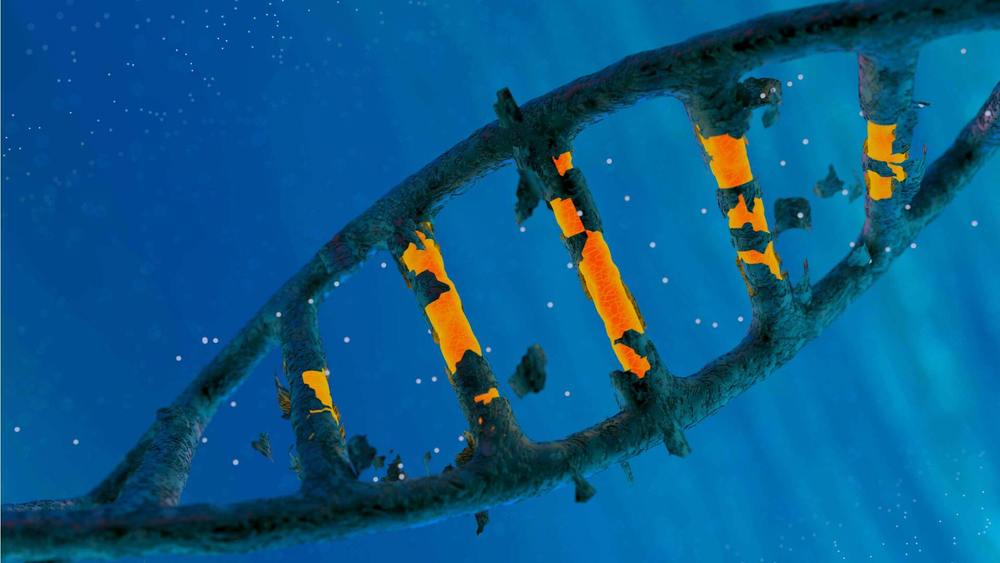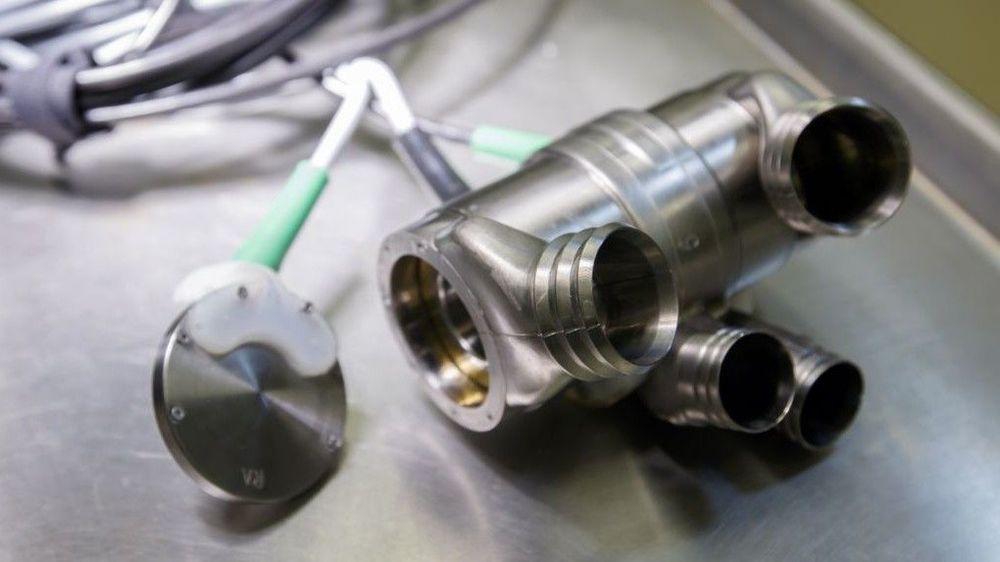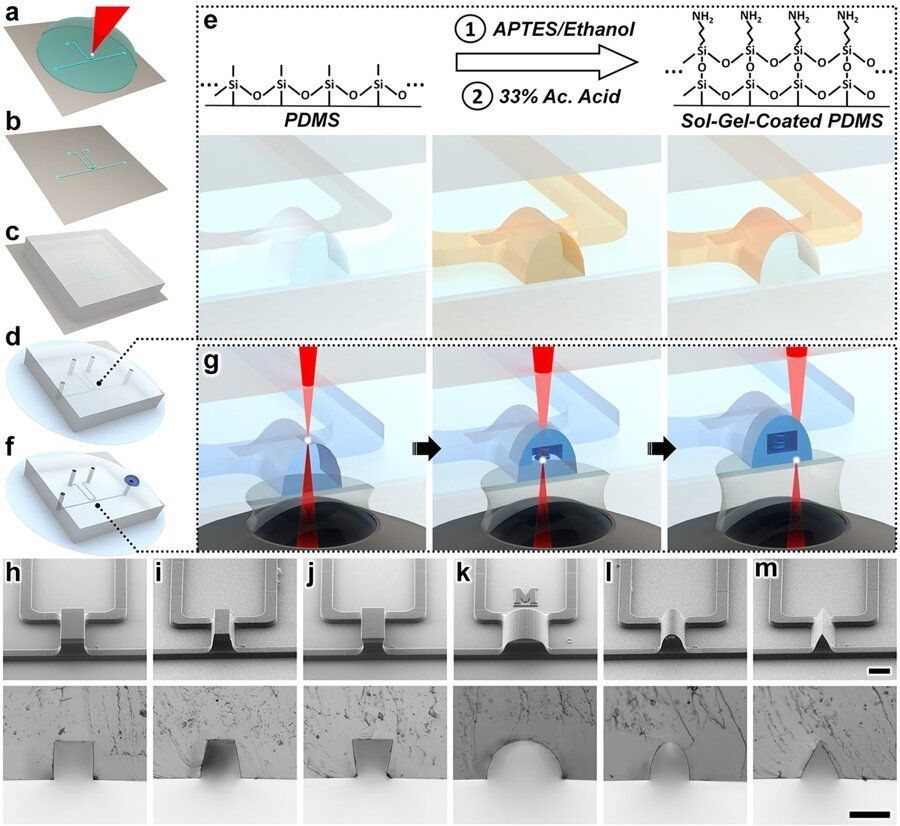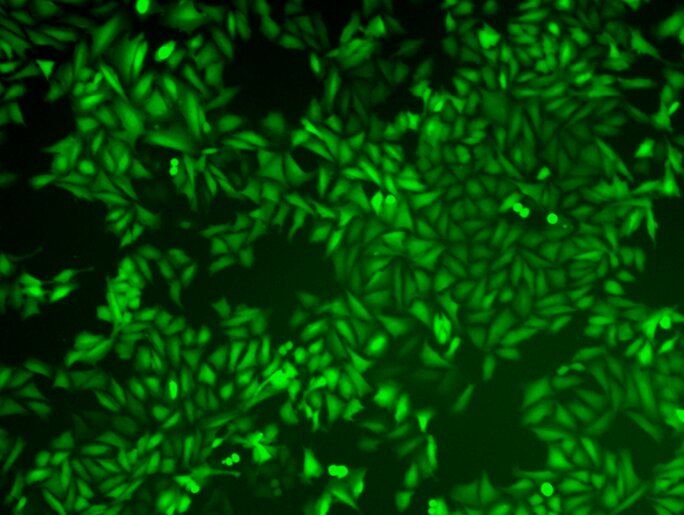From Reese Witherspoon to Jeff Bezos, those who are super successful in their chosen domain accept this truth.
Life-producing elements came to Earth from another planet — study.
The elemental building-blocks of life arrived on Earth when it collided with a “Mars-sized planet” 4.4 billion years ago – an impact that also created the Moon, a new study has found.
Carbon, nitrogen, sulfur, and other volatile elements integral to life were transferred to Earth’s outer layers through collision with a slightly smaller planet rich in these elements at the beginning of its existence. This impact produced the moon and, eventually, gave rise to carbon-based life, according to a new model of Earth’s development devised by petrologists at Rice University.
All Planet Sounds From Space!
Posted in space
In the future, industrial robots may create jobs, boost productivity and spur higher wages. But one thing seems more certain for now: They’re vulnerable to hackers.
Factories, hospitals and other big robot users often lack sufficient levels of defense against a digital attack, according to cybersecurity experts, robot manufacturers and engineering researchers. The risk levels are rising as more robots morph from being offline and isolated to being internet-connected machines, often working alongside humans.
5G promises to make factories a lot smarter. And that means they’ll be a lot more vulnerable.
Engineers at the University of Maryland (UMD) have created the first 3D-printed fluid circuit element so tiny that 10 could rest on the width of a human hair. The diode ensures fluids move in only a single direction—a critical feature for products like implantable devices that release therapies directly into the body.
A new drug shows potential to halt cancer cells’ growth by stunting the cells’ biological clock.
The findings from scientists at the USC Michelson Center for Convergent Bioscience and Nagoya University’s Institute of Transformative BioMolecules (ITbM) advance a burgeoning area of research: turning the body’s circadian rhythms against cancer.
Their study, conducted on human kidney cancer cells and on acute myeloid leukemia in mice, was published Jan. 23 in the journal Science Advances.









